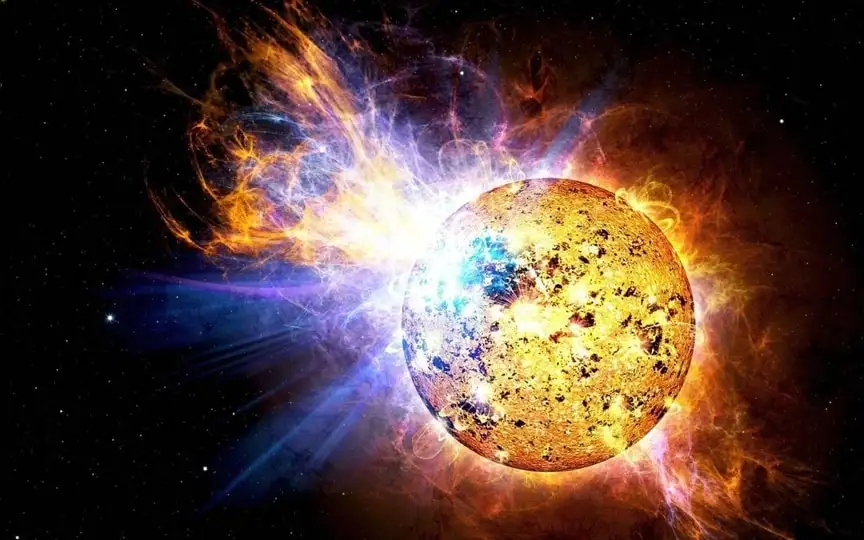NASA gets ready for solar storm surge as recent study reveals the intricacies of solar events
NASA is ramping up its efforts to prepare for a solar storm expected to reach its peak by 2025. The National Oceanic and Atmospheric Administration (NOAA) has updated its forecast for Solar Cycle 25, now predicting a more intense peak between January and October of 2024.
Solar cycles, which repeat approximately every 11 years, mark fluctuations in the Sun’s activity, particularly visible through sunspots, in areas where the magnetic field is exceptionally strong. With the coming peak, the concern about the possible consequences for our planet grows.
Exploring the solar flare on April 17, 2021
Historically, solar storms have demonstrated their disruptive capabilities. On April 17, 2021, an extraordinary solar flare sent a huge cloud of solar material into space, reaching near the speed of light. This event, observed by several spacecraft at different locations between the Sun and Earth, highlighted the diversity of solar energetic particles (SEPs) released during such phenomena.
Led by Nina Dresing from the University of Turku, a team of researchers studied the properties and origin of the particles. An analysis published in the journal Astronomy & Astrophysics revealed that SEPs could pose a threat to technology, including satellites and GPS systems, while humans in space or on polar flight paths could be exposed to harmful radiation.
Mysteries of the Sun
Crucially, the study showed that the SEPs in this event originated from multiple sources and were transported in different directions and at different speeds. The study suggested that the electrons and protons that make up SEPs may have different origins and accelerations, shedding light on the complexity of solar events.
This discovery highlights the importance of a multidimensional approach in space exploration. As NASA prepares for future heliophysics missions, including Geospace Dynamics Constellation, SunRISE, PUNCH, and HelioSwarm, the focus is on using multiple spacecraft to gain a more comprehensive understanding of widespread solar phenomena.
Future missions such as MUSE, IMAP and ESCAPADE are poised to delve into the explosive events and acceleration of particles in the solar system. As the Earth prepares for the approaching solar zenith, NASA’s commitment to advancing our understanding of these celestial events remains paramount to safeguarding both technology and human endeavors.




